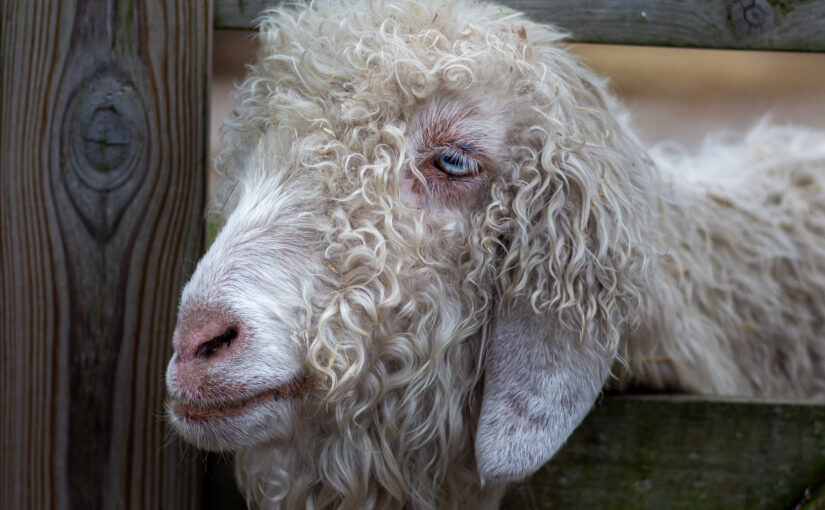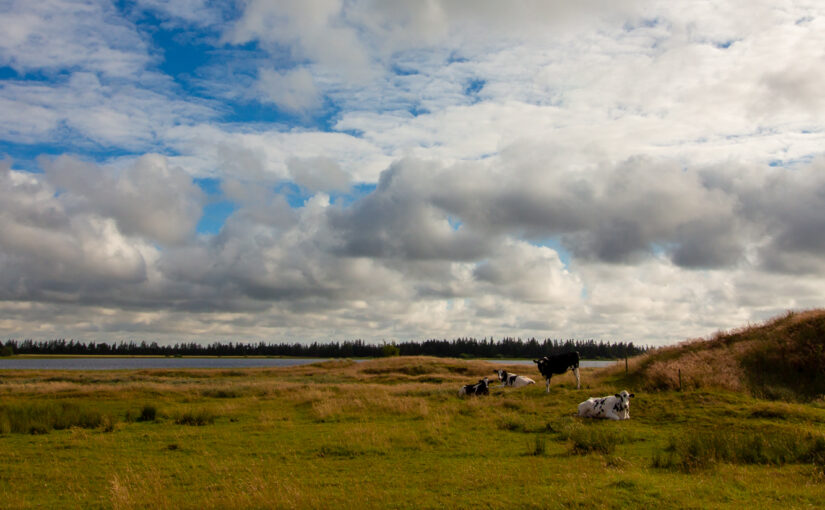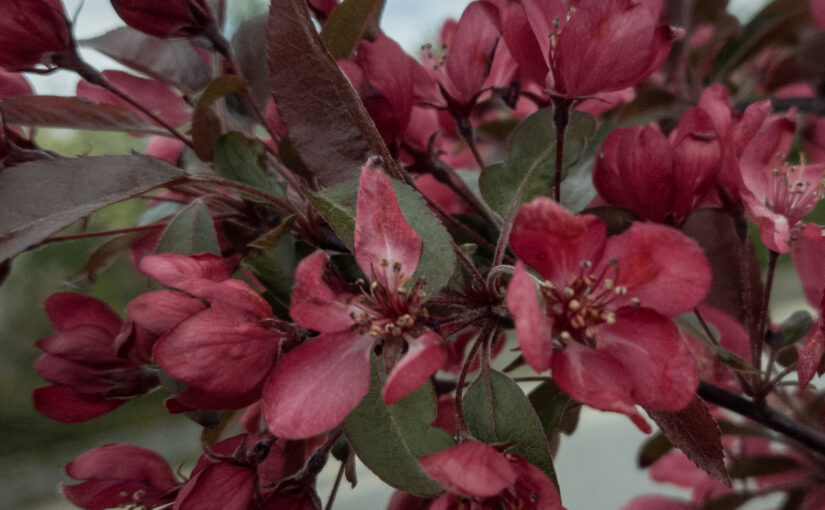Back in the early days of this blog I started drafting a post how I missed new artistic output of artists who might have reached such an age that they might in fact have opted for a well-deserved early retirement. I was in particular thinking about Jean-Michel Jarre and Mike Oldfield: two artists who I have enjoyed from an early age, and who, at the time, had not released new material for 6-7 years.
The post did not progress much beyond a few headlines. Partly because I just felt more like writing other stuff at the time, but also partly because I was conscious of the fandom trap of pretending that idols somehow owe me the fan anything. I don’t believe they do. The closest to an obligation that I can think of is that I will only buy-on-release-date-without-reading-reviews as long as I can expect a product of reasonable quality (so if they don’t, then I will be less likely to buy their next material uncritically etc.).
I am so happy I never wrote that post. It would not have aged well, since after that time Oldfield has released 2 albums and Jarre at least 4. Pretty cool.
Background
Jean-Michel Jarre is a French musician and a pioneer in electronic music. He is also famous for spectacular concerts. His first album was released in 1973 and he has released 23 albums as of Dec 31, 2020.
I got introduced to Jarre in the mid-eighties through my older brother who was a fan at the time and that music just clicked with me and my early interest in computers etc. Through the nineties I discovered other genres, but kept coming back to Jarre regularly and watching him play live in 1997 was a great moment. I somehow missed Jarre’s releases in the early 2000s and while I remember listening to some of those albums when they first became available on streaming platforms 2008ish, they just didn’t fit my mood at the time.
It was only in 2014-15 or so that I really rediscovered Jarre at a time when I was exploring trance and ambient music (and probably started drafting the above mentioned post); and then was happy to and was happy to discover Electronica 1 when it came out in October 2015. Since then, I have listed to both old and new stuff, but I kept missing the middle part of the discography, so when I got the idea of writing top 5 posts it felt like a great opportunity to remedy this. Here goes.
Discography
The list of studio albums is retrieved from Wikipedia -> here (the main biography article contains a slightly longer list with more limited release albums, but since I have no access to these, I stick to this list)
To determine my top 5 of the albums I will focus on how well the tracks combine into a whole start to end experience and how interesting and memorable I find the compositions. In the walkthrough I will first divide albums into a top, middle, and bottom group, where those in the top are truly great and always worth listening to, those in the middle which are generally and I will play occasionally when I am in the mood, and those in the bottom that I would usually avoid.
Sky Palace (1973)
I know of it, but unfortunately have never had the opportunity to listen to it. I will keep looking though.
Les Granges Brûlées (1973)
A soundtrack, which recently became available for streaming. It is interesting as an early work of Jarre’s and early electronic music, but like many soundtracks it does not stand well on its own. Most of the tracks are variations of a common theme, but track #6 “Le Juge” sounds like an early version of Chronology Part 8 and is worth checking out. As an album I put this one in the bottom of the pile.
Oxygène (1976)
This is the first classic electronic Jarre album and it sets the stage for most of what has come later. It is an enjoyable musical journey, like a first exploration into unknown (musical) territory. Great music in my opinion and it has aged very well. Top tier material.
Équinoxe (1978)
The next album continues and refines the style from Oxygène, but is less somber and more playful, so if Oxygène is an early exploration, then this is a fun tourist roundtrip. For many years it was my favorite- the first 3 pieces in particular – I still put it at the top.
Magnetic Fields (1981)
The album first continues and refines the style from the previous two albums, with a long and coherent first half, but the second half is works less well for me. I put it in the middle.
Music for Super Markets (1983)
This album was only released in a single pressing which was auctioned off and the master recording destroyed. It was played once in the radio and what I have listened to are recordings from the transmission. The sound quality isn’t great (kindly put) and it makes it hard to appreciate the music, and I place it in the lower tier.
Zoolook (1984)
A more experimental work than the previous main albums, which makes heavy use of samples and vocals. The first track Ethnicolor is great, but the rest doesn’t follow-though and eventually you almost wait for the album to finish. Lower third to me.
Rendez-Vouz (1986)
A pretty good one, the first half in particular. When the album came out part 4 was a popular hit, but listening to the album today it is like this track breaks the album in the middle, similar to the way part 2 of Magnetic Fields change the mood of that album).
This may be because the album was first released on an LP and split into A- and B-sides, where the B-side might be planned to contain some radio-friendly single tracks. That may have worked well in the 80s, but today the end-to-end experience suffers from it.
To me Rendez-Vouz is somewhere in the middle.
Revolutions (1988)
This was the first Jarre album I bought without having listened to it before and the first time I was disappointed. I have tried and tried for 30+ years but while the first half is good, the second still does not work for me. Bottom third.
Waiting for Cousteau (1990)
An underrated album – at least by me when it first came out. The first three tracks bring a lot of new energy and styles to Jarre’s music and are followed by an ambient underwater piece (probably groundbreaking at the time), where nothing happens, or, then again, when you really listen to it, there is just enough happening to keep attention and stay relaxed. Today I rate this highly.
Chronologie (1993)
Seems like the distilled perfection of the early albums. It does everything right, maybe too right to me, but does not quite work for me. While I am happy to recommend it, it is middle tier for me.
Oxygéne 7-13 (1997)
Named as a sequel to Oxygéne this album perfects the style from the classical albums released since 1976. Both varied, coherent and with memorable tunes, this is one of my favorite Jarre albums. In the top.
Metamorphoses (2000)
I missed this for many years, and it was only for this review that I listened to it in earnest. It is a shame I did not listen to it earlier, because there are many entertaining and memorable songs here. Stylistically it is a refreshing break from previous albums. I can imagine that put off fans at the time (I missed the album entirely, probably because I lived in the US at the time, where the album was not released until 2004), but listening through Jarre’s discography chronologically, such change is exactly what I needed after the great Oxygène 7-13. I place Metamorphoses in the top tier.
Interior Music (2001)
This album was only a limited release and does not seem to be intended for general listening. It is on Youtube, though. Not that exciting as an album and I put in the bottom third.
Sessions 2000 (2002)
I have done my best listening to this one several times, but it does not stick. Bottom.
Geometry of Love (2003)
Another Jarre album that wasn’t widely released at first. Apparently a soundtrack for a nightclub, I think this is a fine album to listen to, but with no memorable tunes. Not bad, not great, I put this in the middle.
Téo & Téa (2007)
While some Jarre albums have been re-released recently, this one seems to have disappeared from streaming services. It can still be heard on Youtube. It is sort of OK, but not great and I ´can imagine why the artist himself considers it a mistake. Bottom.
Oxygène: New Master Recording (2007)
OK – I understand why this was made, and while the sound may be improved and more surround-soundish, it remains Oxygéne, but does not add anything radically new. To me it goes in the middle, and then I go back to listening to the original.
Electronica 1: The Time Machine (2015)
Something new! Collaborations with other musicians and new ideas and some great some tunes and some I don’t really care about, but all in the album works and I put it at the top of my list.
Electronica 2: The Heart of Noise (2016)
More collaboration stuff similar to Electronica 1, and it would be in the top of my list if #1 wasn’t there already. Highly recommended from here, although I put it in the middle of the list.
Oxygène 3 (2016)
After the collaborations and varied styles on the Electronica albums, this is a return to the classical style, just as the name implies. Not bad, but I miss memorable tunes and thus the album goes somewhere in the lower middle for me.
Equinox Infinity (2018)
A follow-up to one of my all-time favorite albums ever (Jarre and otherwise), I knew this album had a hard task, and I do not believe it succeeds. In fact, just like it is the case with Oxygéne 3, I still struggle to remember any song from it. So, just like the predecessor, this also goes somewhere in the lower middle.
Honorable mentions
In addition to the studio albums Jarre has also released plenty of live albums and remixes. Many of the live albums contains new material that does not show up on any studio albums so are worth listening to for that reason alone, but Jarre also keeps refreshing the studio tracks. For example, the 1981 Concerts in China would be a great album on its own.
Top 5
That was the chronological list, and I marked Oxygène, Équinoxe, Waiting for Cousteau, Oxygène 7-13, Metamorphoses and Electronica 1 as my favorites.
That is six entries, so while Oxygène 7-13 may be the perfect example of a classical Jarre album, it is also a refinement of what came before and that puts it just a little below the rest in this top group. To me the top contest is between Oxygène and Équinoxe, and while I have tried hard to put my old fondness of Équinoxe aside, that album just brings so much happy energy, so it keeps the position. The remaining three top albums are all characterized by their refreshing style and are great in each their way. Still, thinking about the coherence of the albums, I rank Waiting for Cousteau third, Electronica 1 as fourth and finally Metamorphoses is fifth:
- Équinoxe
- Oxygène
- Waiting for Cousteau
- Electronica 1: The Time Machine
- Metamorphoses
Featured image
Portrait of a sheep. I visited the garden/activity park Birkegårdens Haver in September and used the opportunity to make portraits of several animals in the petting zoo. It was interesting and fun to try some new models.


